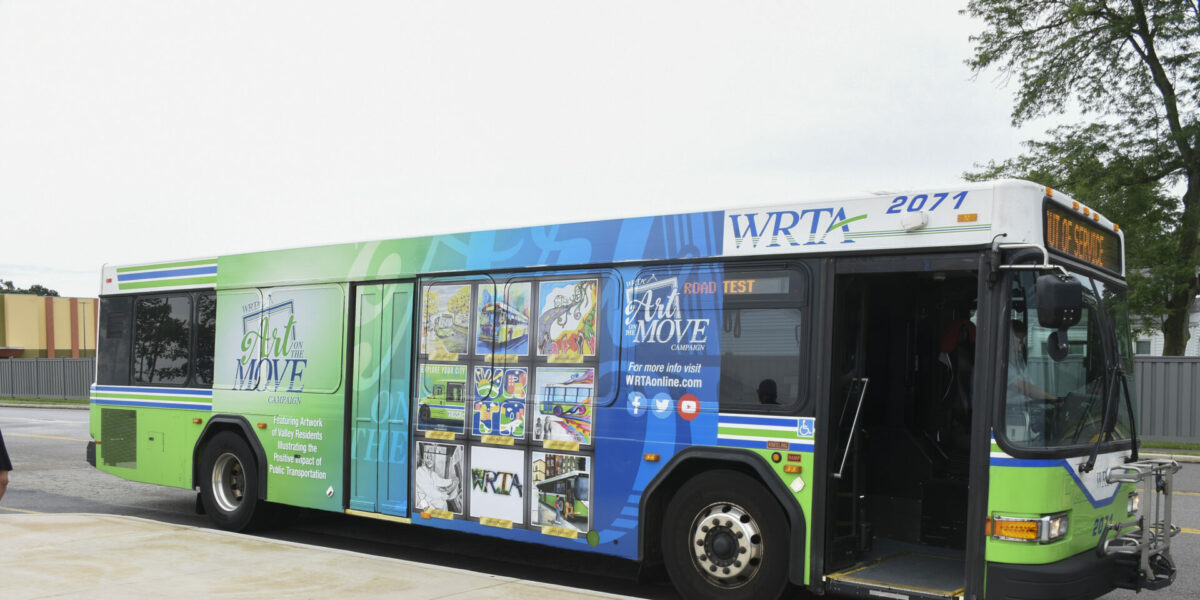A Comprehensive Examination of the Approaches and Methods for Effective Transit Advertising Campaigns
Transportation advertising projects provide a distinct chance for brand names to involve with diverse target markets in dynamic settings. As we explore these essential components, it becomes clear that the course to an impactful transit advertising approach is both fulfilling and detailed, elevating the inquiry of just how finest to navigate these complexities for optimal brand name presence.
Recognizing Target Demographics
Recognizing target demographics is vital for the success of transportation ad campaign (Transit Advertising Philippines). Determining specific target market segments enables advertisers to customize their messages efficiently, guaranteeing that the web content resonates with the intended audiences. This method improves engagement and makes the most of roi
To properly examine target demographics, marketing experts have to take into consideration several vital aspects, consisting of age, earnings line of work, level, and way of living choices. For example, a campaign focused on young experts might focus on ease and modernity, while one targeting households might highlight safety and security and dependability. Additionally, geographical elements such as city versus rural setups can significantly affect customer behavior and preferences.
Information collection approaches such as surveys, focus groups, and social networks analytics supply useful understandings into market trends and customer behaviors. By leveraging this info, marketers can craft engaging narratives that line up with the values and requirements of their target market.
Eventually, recognizing target demographics not only educates the calculated direction of transit ad campaign however also ensures that sources are designated successfully. This targeted method enhances the possibility of accomplishing project purposes, cultivating brand loyalty, and driving conversions.
Innovative Design Strategies
Efficient communication with target demographics depends heavily on cutting-edge imaginative layout strategies in transportation marketing campaign. To successfully capture attention in a congested aesthetic environment, developers should focus on clearness and aesthetic influence. Making use of vibrant shades and high-contrast elements can boost exposure, making sure that messages are quickly legible from a range.
Including dynamic imagery that resonates with the target audience is critical. Aesthetic storytelling strategies can evoke emotions and develop memorable associations with the brand name. In addition, calculated use typography aids communicate crucial information quickly; suitable sizes and readable font styles better boost readability.
Including interactive components, such as QR codes or increased truth functions, can engage travelers beyond easy monitoring (Transit Advertising Philippines). These techniques not just advertise customer communication however likewise bridge the void in between traditional advertising and digital engagement
Furthermore, making use of area creatively-- whether on bus covers, transit sanctuaries, or subway advertisements-- can result in innovative formats that damage the mold of traditional marketing. By embracing artistic creativity while preserving brand name uniformity, projects can foster a strong connection with their target market, eventually driving both understanding and action. The assimilation of these style techniques is vital for achieving effective transit marketing outcomes.
Strategic Positioning Approaches
Maximizing the influence of transit advertising and marketing depends upon calculated placement approaches that make sure optimum exposure and involvement. Reliable positioning entails understanding and examining high-traffic locations guest demographics to determine one of the most advantageous locations for ad display screens. For example, placing ads near entries and leaves of transit lorries can capture the attention of boarding and alighting travelers, therefore boosting exposure.
Moreover, utilizing both external and indoor surfaces of transit vehicles can substantially expand reach. Exterior advertisements, visible throughout commutes, involve pedestrians and other chauffeurs, while indoor advertisements target passengers in a restricted setting. Additionally, putting ads in transit hubs, such as bus terminals or train stations, permits for enhanced impacts as travelers shift between different settings of transportation.
Timing is also vital; lining up the campaign launch with peak travel durations maximizes target market interaction - Transit Advertising Philippines. In addition, leveraging digital displays in transit settings can promote vibrant material, supplying real-time updates and boosting user communication. By using these strategic positioning approaches, marketers can make sure that their transit marketing campaign attain maximum presence, reverberate with the target audience, and inevitably drive preferred results

Determining Campaign Efficiency
To evaluate the success of transit advertising projects, it is vital to employ a selection of dimension methods that offer insights right into audience involvement and overall performance. One key method is the use of essential performance signs (KPIs), such as reach, impressions, and involvement prices, which quantify the number of people saw the advertisement and communicated with it.
Surveys and focus teams can likewise contribute in determining consumer perceptions and recall, allowing marketers to understand the impact of their messaging. In addition, tracking site web traffic and social media involvement during and after the project assists gauge straight actions to the advertising.
Another effective method is utilizing location-based analytics, which Click This Link can offer data on foot traffic around certain transportation places, supplying understandings right into whether the project successfully recorded the focus of commuters. Furthermore, examining sales data can expose relationships between transportation advertising and increased income, giving tangible proof of a campaign's efficiency.
Study of Success
Understanding the performance of transit marketing campaign via measurement techniques prepares for analyzing real-world examples that show effective outcomes. One noteworthy situation study involves a nationwide beverage brand that used bus covers in metropolitan locations. The project aimed to enhance brand name exposure and sales throughout the summer season months. By utilizing geo-targeted digital advertisements and analytics, the brand measured published here a 30% rise in sales in areas where the wraps were plainly shown, demonstrating the direct impact of transportation advertising and marketing.
An additional compelling instance comes from a neighborhood not-for-profit company that released a campaign on train platforms to promote an area event. The company integrated lively visuals with QR codes directing travelers to an enrollment page. Post-campaign analysis exposed a 50% boost in event presence compared to the previous year. Using straight involvement through modern technology enhanced the project's reach and performance.

Conclusion
In summary, successful transportation ad campaign necessitate a thorough method that incorporates an understanding of target demographics, cutting-edge style techniques, and tactical placement. By prioritizing psychological engagement with strong visuals and enhancing presence during height travel times, brands can significantly enhance their effect. Moreover, recurring dimension of project effectiveness via crucial performance signs and customer comments guarantees constant enhancement. Collectively, these approaches foster brand visibility and make the most of the return on investment en route advertising initiatives. check over here
Comprehending target demographics is essential for the success of transit marketing projects.Efficient interaction with target demographics depends heavily on cutting-edge imaginative design strategies in transit marketing projects. By using these strategic placement methods, marketing experts can make sure that their transit marketing projects attain maximum visibility, reverberate with the target audience, and ultimately drive preferred results.
Recognizing the effectiveness of transit advertising and marketing campaigns via measurement techniques lays the foundation for analyzing real-world instances that highlight effective outcomes.In recap, effective transit marketing campaigns require a detailed approach that integrates an understanding of target demographics, innovative style strategies, and calculated placement.